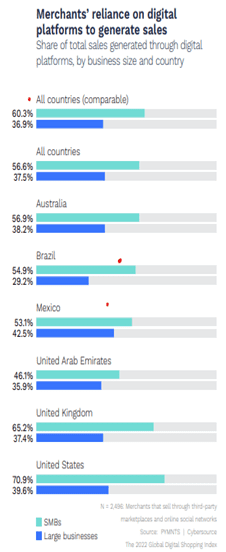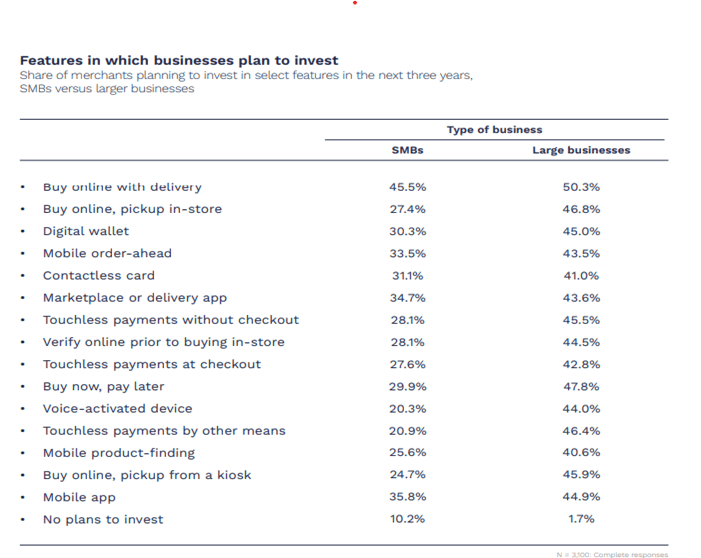Platforms Offer Playbook for SMBs to Forge Digital Relationships with Consumers

In business the deeper the pockets, the greater competitive firepower.
And with more cash on hand and control over supply chains and logistics, larger enterprises have significant advantages over smaller firms.
That’s the conventional wisdom, especially, in eCommerce, where it seems like the Amazons and the Walmarts of the world would have a leg up on small to midsize businesses (SMBs). After all, they have pricing power with vendors, have last-mile logistics in place and might be willing to sacrifice margins, temporarily, for the sake of top-line momentum.
But technology — specifically the digital platform — levels the playing field, especially as smaller companies can offer the same flexibility, consumer-friendly features and global reach that their larger brethren can enjoy.
And the platforms themselves give a springboard, a playbook of sorts, on how SMBs can form the critical digital relationships they need with customers.
As relayed in the latest Global Digital Shopping Index, SMB Edition, it turns out that smaller companies garner a greater percentage of sales from digital means — at more than 60% for SMBs, vs. roughly 37% of larger companies.

And the PYMNTS data shows that taken as a whole, SMBs embraced 13 more digital “features” between 2020 to 2021 — indicating that they knew and know that a consistent embrace of innovation is key to engaging with consumers and forging loyalty.
Read more: New Data Show Digital Platforms Drive Global Wave of SMB Innovation
For it is loyalty that pays dividends, cemented by the flexibility of the platform. The ability to utilize the resources built into the third-party platforms means that smaller firms are no longer at a disadvantage, in terms of the “build it” or “buy it approach” that is well-suited to more cash-rich, larger firms. The SMBs can simply add features (or drop them) as needed.
As for fashioning the playbook: Engaging consumers, initially, with the lure of personalization can start to sow the seeds of loyalty right from the beginning. Giving the individual the sense the SMB wants to “know” them right at the beginning gives rise — through customizable profiles and marketing opt-ins — to a level of trust at the outset. Coupons and rebates offered at the point of onboarding can help browsers pull the trigger on a sale.
And in an inflationary environment, price matching can truly level the playing field against the larger competitors.
The great digital shift has been widely embraced by nimble, smaller companies. As many as 91% of all SMBs now offer at least one type of mobile-based feature, including an app allowing shoppers to locate items in-store. Their apps also let shoppers place delivery orders or mobile app-specific or mobile-optimized sites.
The roadmap/playbook is clear: Smaller companies will be investing, significantly, in buying online, with delivery as part of the process. The playbook unfolds, step by step — and SMBs have a clear shot at winning mindshare and wallet share among consumers.

